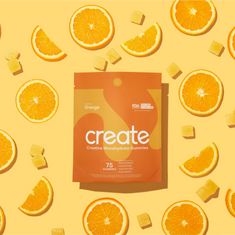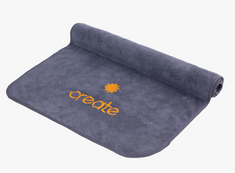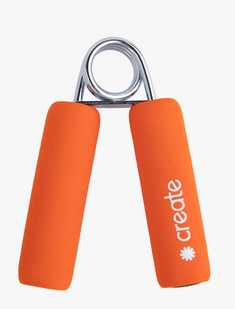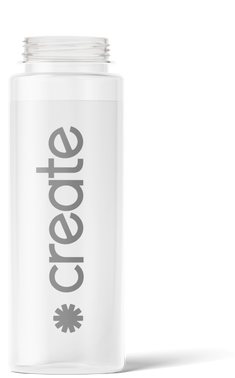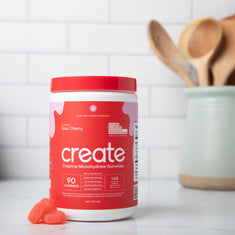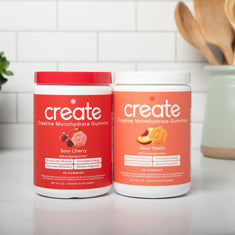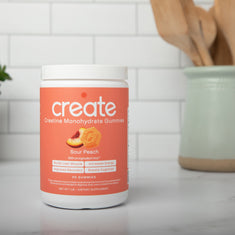How Much To Take Creatine Monohydrate Serving Size?
Discover the ideal creatine monohydrate serving size for optimal performance and muscle growth. Learn how much to take and the best times to take it.
Whether you're an athlete striving to enhance your performance or a fitness enthusiast looking to maximize your workouts, creatine monohydrate has become a go-to supplement for many. Its benefits, including improved strength, increased muscle mass, and enhanced recovery, have made it popular across various sports and fitness communities. However, determining the right serving size can be confusing with so much information.
Let’s break down the optimal creatine monohydrate serving size based on scientific research and expert recommendations, helping you navigate the dos and don'ts of supplementation.
Why Does Creatine Serving Size Matter?
Understanding the importance of creatine serving size is crucial for anyone looking to enhance their performance or muscle growth through supplementation. Creatine monohydrate is one of the most researched and effective supplements available, but its benefits heavily depend on the dosage. Consuming only a little may yield noticeable results, while exceeding the recommended serving size can lead to unnecessary side effects and potential waste of your investment.
The standard serving size for creatine monohydrate is typically around 3-5 grams daily. This supplement has been shown to saturate muscle stores and enhance performance in high-intensity workouts effectively. Taking the time to measure and adjust your intake can lead to optimal results, making it a vital aspect of any supplementation routine.
How To Determine Your Optimal Serving Size?
When it comes to incorporating creatine monohydrate into your supplement regimen, finding the right serving size is crucial for maximizing its benefits. While the standard recommendation often suggests a daily dose of 3 to 5 grams, individual needs can vary based on several factors. Here’s how to determine your optimal serving size:
Assess Your Caloric Needs
The first step in determining your ideal creatine serving size is to assess your overall caloric intake. Your caloric needs are influenced by age, gender, weight, and fitness goals. If you are in a calorie surplus and aiming to gain muscle, you may benefit from the higher end of the recommended dosage. Conversely, sticking closer to the lower end of the spectrum may be more appropriate if you cut calories for fat loss. Tracking your daily caloric intake can provide valuable insights into how creatine fits your nutrition plan.
Understand Nutritional Balance
Nutritional balance significantly affects how your body responds to supplements like creatine. Ensure you have a well-rounded diet rich in carbohydrates, proteins, and healthy fats. Carbohydrates, in particular, are essential because they can help uptake creatine in muscle cells. If your diet lacks essential nutrients, you might not experience the full benefits of creatine, regardless of how much you take. Therefore, before adjusting your serving size, evaluate your nutritional balance and consult a dietitian or nutritionist.
Adjust For Activity Level
Your activity level is another critical factor in determining the optimal creatine serving size. If you are an athlete or engage in high-intensity training, your muscles may require more creatine to support energy production and recovery. It's essential to listen to your body and adjust your intake based on how you feel and perform during workouts.
Factors Influencing Creatine Serving Size
Several factors must be considered when determining the appropriate serving size of creatine monohydrate. Understanding these elements can help optimize the benefits of supplementation and ensure that you use creatine effectively to support your fitness goals.
Body Weight And Composition
One of the primary factors influencing creatine serving size is your body weight and composition. Generally, individuals with higher body weight may require larger doses of creatine to achieve muscle saturation. For example, a person weighing 70 kg (about 154 lbs) would aim for approximately 2-5 grams daily during maintenance.
Training Goals
Your specific training goals can also dictate your creatine serving size. If you aim to increase muscle mass and strength, a higher dose during the loading phase may be beneficial. Conversely, a lower maintenance dose might suffice if you focus on endurance or overall performance without significant muscle gain. It’s essential to align your creatine intake with your long-term objectives to maximize its effectiveness.
Creatine Form
The type of creatine you choose can also influence the serving size. Creatine monohydrate is the most researched and widely used form and typically requires a smaller serving size to be effective compared to other types. Refer to the manufacturer’s guidelines and research your specific creatine form to determine the optimal serving size.
Loading Phase Vs. Maintenance
During the initial loading phase, which typically lasts 5-7 days, a higher serving size—usually around 2-3 grams per day divided into multiple doses—is recommended to saturate muscle creatine stores quickly. Once saturation is achieved, a 3-5 grams daily maintenance phase is generally sufficient to keep those levels steady. This distinction between phases is crucial for anyone looking to get the most out of their creatine supplementation.
Diet
Your diet can also influence the amount of creatine you need. If your diet is rich in red meat and fish, which are natural sources of creatine, you may require less supplementation. Conversely, if you follow a vegetarian or vegan diet, your creatine levels may be lower, warranting a higher serving size to reach optimal levels. Understanding your dietary intake can help you calibrate your creatine consumption effectively.
Training Intensity And Frequency
The intensity and frequency of your training sessions play a significant role in determining creatine serving size. Athletes or individuals engaging in high-intensity, frequent training may benefit from higher doses to support enhanced recovery and performance. Conversely, those with lower training frequency or intensity may not require as much creatine to see benefits. Listening to your body and adjusting your intake based on your training demands can produce optimal results.
How To Take Creatine Monohydrate Correctly
Many athletes prefer taking it post-workout, which can enhance recovery and muscle growth when paired with a post-exercise drink or meal rich in carbohydrates and protein. However, others may find it beneficial to take creatine consistently each day, regardless of workout schedules, to ensure steady levels in the body.
When taking creatine monohydrate gummies, it's best to use warm water or a non-acidic beverage. Pairing creatine with snacks can also promote better absorption and enhance creatine uptake into muscle cells.
Whichever method you choose, sticking to a routine will help you reap the maximum benefits from your creatine supplementation, supporting enhanced performance and recovery in your fitness journey.

